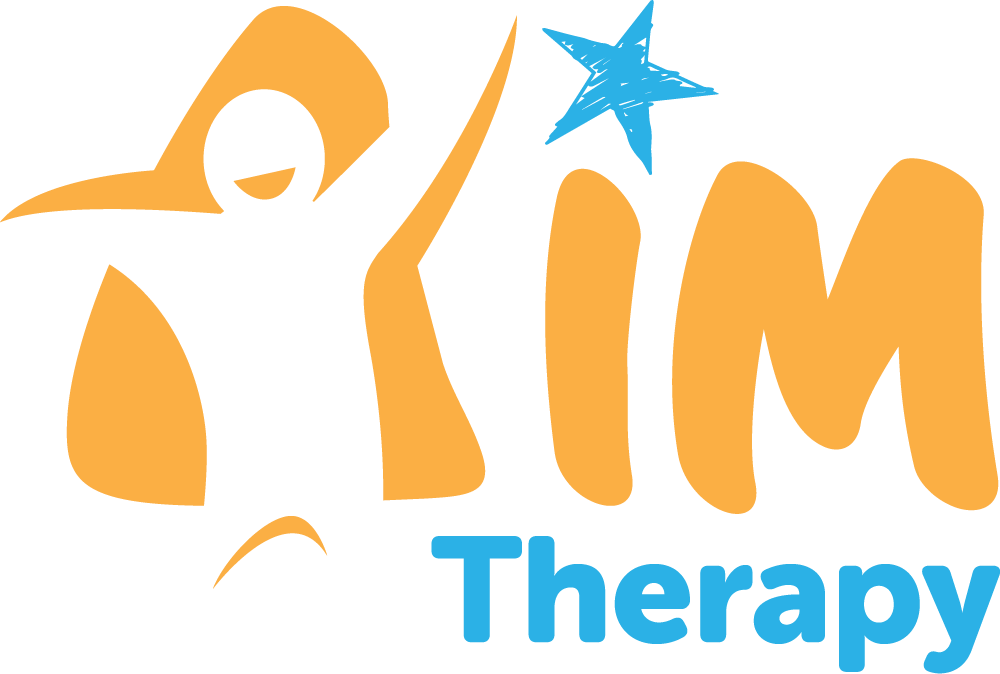Core Strength and Postural Stability
Core strength refers to all the muscles in our trunk/ torso and hips that help us to gain and maintain functional posture.
Postural stability is the ability to maintain your body in a controlled position against gravity; it is important for all sorts of functional skills, including sitting at a desk to write, walking and playing.
The aim of the following exercises and activities is to improve postural control, core strength and stability. Developing these skills can help with improving hand skills, balance and gross motor skills.
These exercises work best when completed little and often; one or two a day, done correctly, every day will make a big difference, especially when they are increased and adapted to keep your child challenged and progressing.
HELPFUL HINTS
- Activities which develop strength and endurance will assist children with reduced strength or low muscle tone. Gross motor activities also assist with the development of functional fine motor tasks.
- Fine motor activities (e.g. drawing) can be adjusted to assist development of muscle str ength e.g. drawing up high on a blackboard encourages an anti-gravity position.
- Acknowledge when the child tires but aim to gradually and continuously increase strength and endurance with encouragement and changing the task to make it more fun as well as challenging!
AIM CORE STRENGTH AND POSTURAL CONTROL EXERCISES:
- Aeroplane
Pretending to be Superman or Superwoman!
Lay on your tummy on the floor, lift your upper body off the floor with arms and legs outstretched.
As a rule: 4-6 year olds aim to hold for 10-20 seconds
7+ year olds aim to hold for 20 – 60 seconds
If it is difficult to sustain both arms and legs, try doing arms and legs separately. Work towards keeping legs straight and thighs slightly off the floor. Arms should be straight and palms facing forwards. No bent knees or elbows!
Doing activities lying on the stomach and propping on arms also helps develop this skill (e.g. while reading, drawing, doing puzzles, playing with toys or watching TV)
- Curling into a ball
Lie on your back, then cross arms over your chest and bend your knees up towards your chest (don’t use your hands to hold your knees up).
Now lift your head up and curl into a ball, looking over your knees at something on the wall. Hold this position.
As a rule: 4-6yrsaim to hold for 10-20 seconds
7+ year olds aim to hold for 20-60 seconds
Doing activities in this position with strong arms also helps to develop this skill.
- 4Point Kneeling
Weight bearing through all limbs in a crawling position, but nice and still like a statue. Lift your right arm straight out and hold this position. Swap over and do the same with the other arm. Make sure your back remains straight and strong.
As a rule: 4-6 year olds aim to hold for 10-20 seconds
7+ year olds aim to hold for 20 – 30 seconds
Repeat this activity with lifting one leg and counting and then swap to the other leg.
When strong enough, encourage to lift alternate leg and arm together.
Play games in this position e.g. reaching out to place or throw bean bags into a bucket, jigsaws, reading etc.
- Upright Kneeling
On both knees (do not sit back on your bottom) play ball games between partners or in a circle group
e.g. catch, throw into bucket/box in middle (ball or beanbag).
In this position face a partner. Use straight arms, palm to palm, and push each other to see who falls over first.
Get up/ down from the floor via a ½ kneel without using hands or knees.
Do it on each leg 10 times
- Bridging
Lay on the floor up with hands placed by your side and lift your bottom up off the floor. Lift and hold 10 times.
As a rule: 4-6 year olds aim to hold for 10-20 seconds
7+ year olds aim to hold for 20 – 60 seconds
You can then roll a ball under and count how many times it goes back and forth. When this is easy try crab walking around the room; kick a ball if you can!
- Heel to toe walking
Walk along a line, placing one foot in front of the other. Make sure your heel touches the tip of the toe of your other foot. Feet should be straight not turned out.
This could be done as part of a larger obstacle course. Try drawing a chalk line and Tight Rope Walk along it to avoid the chalk crocodiles!
- Slow, controlled movements
Any games or movements that encourage slow and controlled movements will support core strength and postural stability. They may also support fast bodies to slow down and concentrate.
Try looking up child friendly yoga videos on YouTube or seeing if you have any local classes that your child may benefit from.
